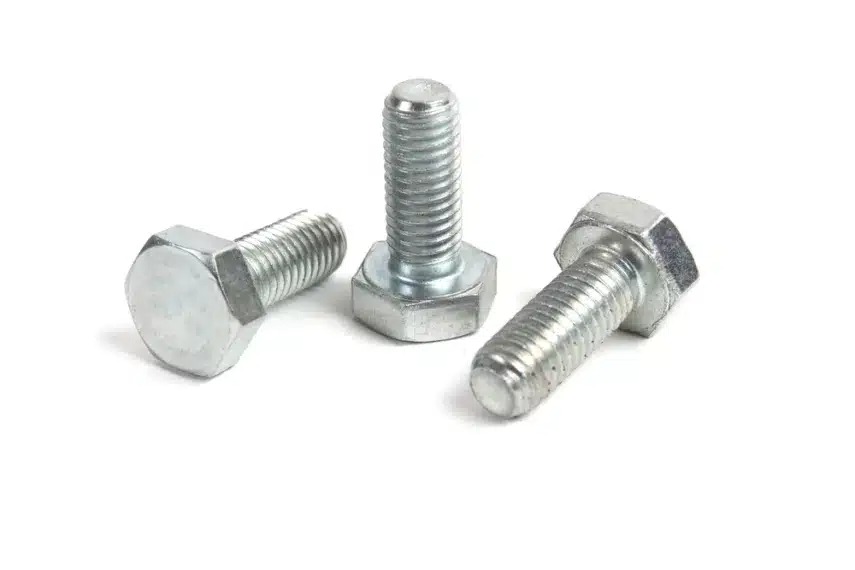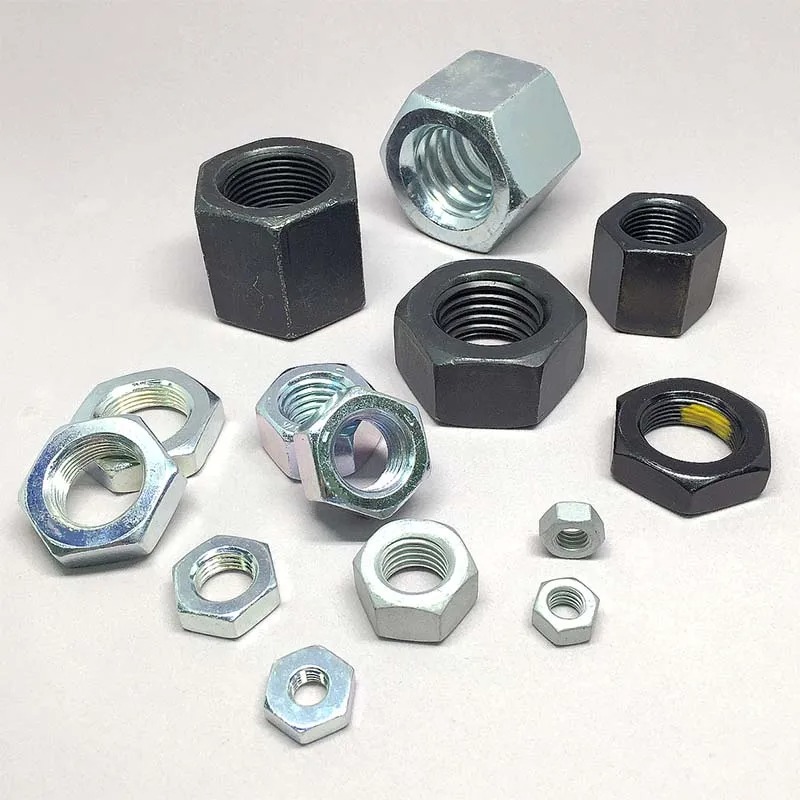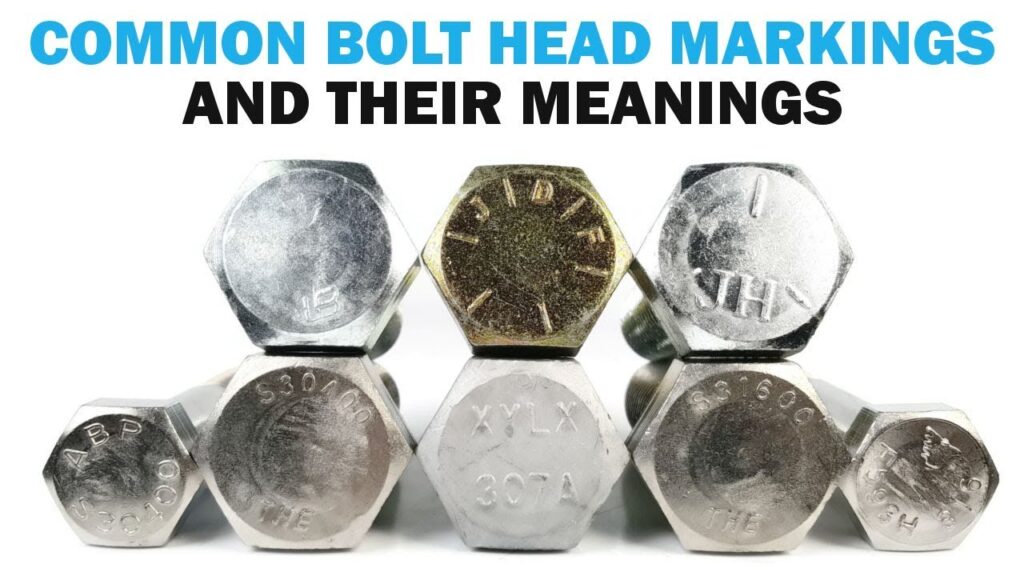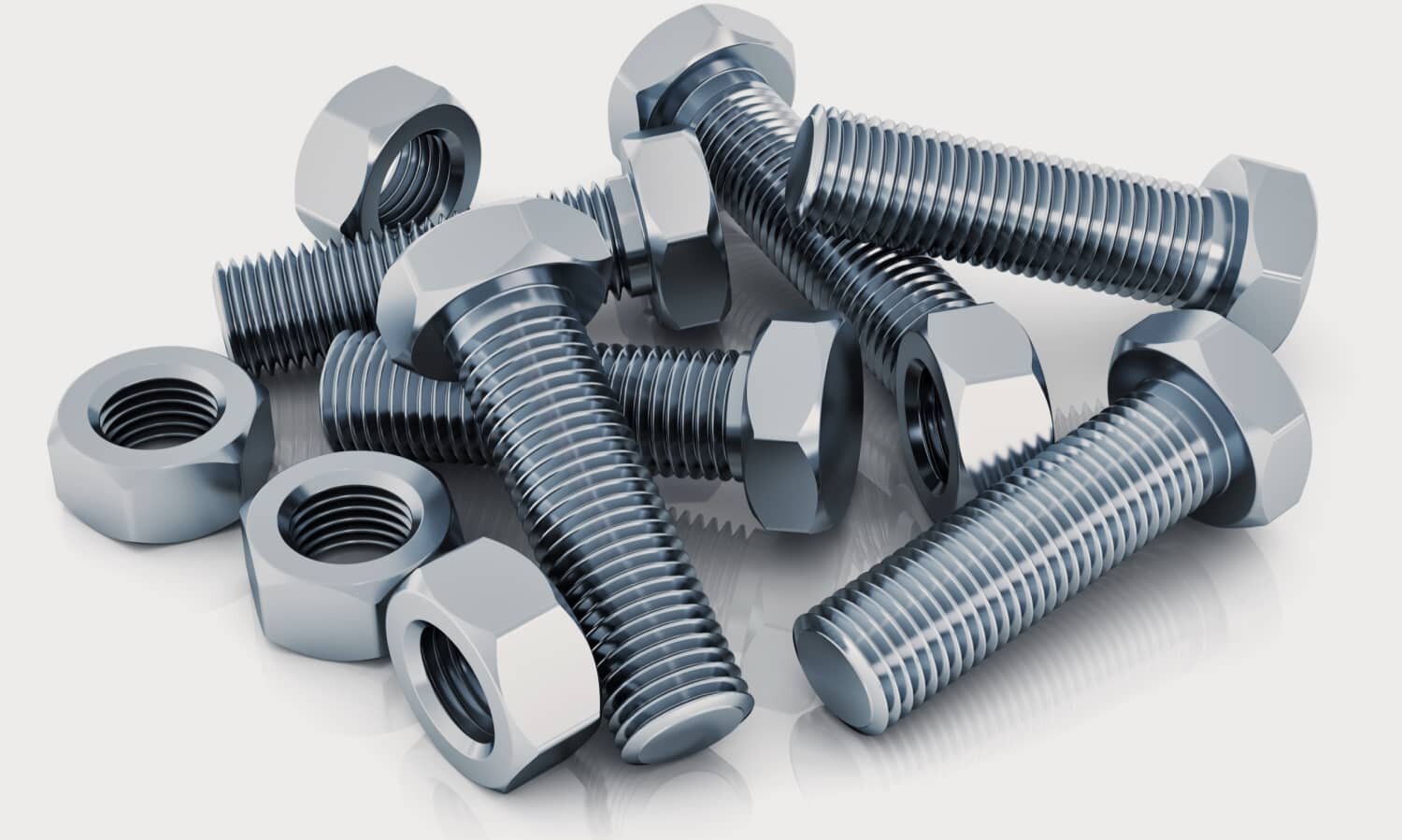Introduction
Fasteners like bolts and nuts are the unsung heroes of construction, automotive, and industrial projects. However, not all fasteners are created equal. Their grades—indicators of strength, material, and performance—determine their suitability for specific tasks. Choosing the wrong grade can lead to structural failures, safety hazards, or costly repairs. This comprehensive guide explains bolt and nut grades, covering SAE, ISO, and ASTM standards, their markings, applications, and how to select the right fasteners. Whether you’re a DIY enthusiast, engineer, or contractor, understanding these grades will empower you to make informed decisions.
Understanding Bolt Grades
Bolt grades reflect the fastener’s ability to withstand tension, shear, and environmental factors. They are defined by standards like SAE (Society of Automotive Engineers), ISO (International Organization for Standardization), and ASTM (American Society for Testing and Materials). Below is a detailed breakdown:

SAE Grades (US System)
SAE grades are used in the US and follow the imperial measurement system (inches). They are defined by the SAE J429 standard.
- Grade 2: Low-strength, made from low or medium carbon steel. Tensile strength: ~74,000 psi. Used for non-critical applications like household repairs or furniture assembly.
- Grade 5: Medium-strength, made from medium carbon steel, quenched and tempered. Tensile strength: ~120,000 psi. Common in automotive, military, and machinery applications.
- Grade 8: High-strength, made from medium carbon alloy steel, quenched and tempered. Tensile strength: ~150,000 psi. Ideal for heavy machinery, aerospace, and high-stress environments.
ISO Classes (Metric System)
ISO classes, defined by ISO 898-1, are used globally for metric fasteners. They are marked with numbers indicating strength.
- Class 8.8: Medium-strength, comparable to SAE Grade 5. Tensile strength: ~800 MPa. Used in automotive and industrial machinery.
- Class 10.9: High-strength, similar to SAE Grade 8. Tensile strength: ~1,040 MPa. Suited for heavy machinery and structural applications.
- Class 12.9: Very high-strength, exceeding SAE Grade 8. Tensile strength: ~1,220 MPa. Used in critical applications like engine components and aerospace.
ASTM Standards
ASTM standards, set by the ASTM International, are often used for construction and industrial fasteners.
- A307: Low to medium strength, made from carbon steel. Tensile strength: ~60,000–100,000 psi. Used in general construction, piping, and flanged joints.
- A325: High-strength, made from carbon or alloy steel. Tensile strength: ~120,000 psi. Common in structural steel connections for buildings and bridges.
- Stainless Steel (A2-70, A4-70): Corrosion-resistant, made from 304 (A2) or 316 (A4) stainless steel. Tensile strength: ~700 MPa. Used in marine, chemical, or food processing environments.
Specialty Materials
Some bolts are made from advanced materials for specific conditions:
- Titanium (Grade 5): Lightweight with high strength (tensile strength: ~138,000 psi). Used in aerospace, medical devices, and sports equipment.
- Inconel (Grade 600/625): Resistant to high temperatures and corrosion. Used in petrochemical, aerospace, and marine industries.
- Monel: Exceptional chemical resistance, ideal for extreme environments like chemical processing.
| Grade/Class | Tensile Strength | Material | Common Applications |
| SAE Grade 2 | ~74,000 psi | Carbon Steel | Household repairs |
| SAE Grade 5 | ~120,000 psi | Carbon/Alloy Steel | Automotive, machinery |
| SAE Grade 8 | ~150,000 psi | Carbon/Alloy Steel | Heavy machinery, aerospace |
| ISO Class 8.8 | ~800 MPa | Carbon/Alloy Steel | Automotive, industrial |
| ISO Class 10.9 | ~1,040 MPa | Alloy Steel | Heavy machinery |
| ISO Class 12.9 | ~1,220 MPa | Alloy Steel | Engines, aerospace |
| ASTM A307 | ~60,000–100,000 psi | Carbon Steel | Construction, piping |
| ASTM A325 | ~120,000 psi | Carbon/Alloy Steel | Structural steel |
| Stainless A4-70 | ~700 MPa | 316 Stainless Steel | Marine, chemical |
| Titanium Grade 5 | ~138,000 psi | Titanium | Aerospace, medical |
Understanding Nut Grades
Nuts must be as strong as or stronger than the bolts they pair with to ensure a secure connection. The Industrial Fastener Institute recommends that nuts exceed bolt tensile strength by 20% for safety-critical applications.

US Nut Grades
- Grade A: Light-duty, exceeds Grade 2 bolts. Used in general, non-critical applications.
- Grade B: Medium-strength, compatible with Grade 5 bolts. Used in automotive and machinery.
- Grade C: Stronger than Grade 5, used in construction and structural applications.
- Grade G: Matches Grade 8 bolts, used in structural steel connections.
- Grade 8: High-strength, for heavy-duty applications like construction machinery.
Metric Nut Grades
- Class 4: Low-strength, pairs with Class 4 bolts. Used in non-critical applications.
- Class 8.8: Medium-strength, matches Class 8.8 bolts. Used in automotive and light industrial settings.
- Class 10.9: High-strength, for Class 10.9 bolts. Used in demanding applications.
- Class 12.9: Highest strength, pairs with Class 12.9 bolts. Used in critical, high-stress environments.
| Nut Grade | Compatible Bolt Grade | Applications |
| Grade A | Grade 2 | General use |
| Grade B | Grade 5 | Automotive, machinery |
| Grade C | Grade 5, A325 | Construction |
| Grade G | Grade 8, A325 | Structural steel |
| Class 4 | Class 4 | Non-critical |
| Class 8.8 | Class 8.8 | Industrial |
| Class 10.9 | Class 10.9 | Heavy machinery |
| Class 12.9 | Class 12.9 | Aerospace, engines |
Markings on Bolts and Nuts
Markings on fasteners indicate their grade and sometimes the manufacturer. These are critical for identifying the right fastener for your project.
Bolt Markings

- SAE: Radial lines on the bolt head:
- Grade 2: No markings.
- Grade 5: Three radial lines at 120°.
- Grade 8: Six radial lines at 60°.
- ISO: Numbers stamped on the head (e.g., 8.8, 10.9, 12.9).
- ASTM: Specific codes (e.g., “B7” for A193 B7, “L7” for A320 L7).
- Stainless Steel: Marked with “A2” or “A4” and tensile strength (e.g., A2-70).
Nut Markings
- US: Letters or symbols (e.g., A, B, C, G, 2H).
- Metric: Numbers matching the bolt class (e.g., 4, 8.8, 10.9).
- Always verify markings to avoid using mismatched grades, which can weaken the connection.
| Fastener Type | Grade/Class | Marking Example |
| SAE Bolt | Grade 2 | No markings |
| SAE Bolt | Grade 5 | 3 radial lines |
| SAE Bolt | Grade 8 | 6 radial lines |
| ISO Bolt | Class 8.8 | 8.8 |
| ISO Bolt | Class 12.9 | 12.9 |
| US Nut | Grade B | B |
| Metric Nut | Class 10.9 | 10.9 |
Applications of Different Grades
The choice of grade depends on the project’s requirements, including load, environment, and industry.
Low-Strength Applications
- Grades: SAE Grade 2, ISO Class 4.
- Uses: Furniture assembly, shelving, household repairs, and other low-stress tasks.
- Example: Securing a bookshelf to a wall with Grade 2 bolts.
Medium-Strength Applications
- Grades: SAE Grade 5, ISO Class 8.8.
- Uses: Automotive parts (e.g., engine mounts), machinery, and general industrial applications.
- Example: Fastening a car’s suspension components with Grade 5 bolts.
High-Strength Applications
- Grades: SAE Grade 8, ISO Class 10.9, 12.9, ASTM A325.
- Uses: Heavy machinery, aerospace, structural steel connections for buildings and bridges.
- Example: Securing steel beams in a skyscraper with A325 bolts.
Specialty Applications
- Corrosion-Resistant: Stainless steel (A2-70, A4-70) for marine, chemical, or food processing environments.
- High-Temperature: ASTM A193 B7 or Inconel for petrochemical plants or engines.
- Low-Temperature: ASTM A320 L7 for cryogenic systems or oil platforms.
- Lightweight: Titanium for aerospace, medical devices, or sports equipment.
- Example: Using A4-70 stainless steel bolts on a yacht to resist saltwater corrosion.
How to Choose the Right Fasteners
Selecting the right fasteners involves careful consideration of several factors to ensure safety and performance.

Matching Grades
Always pair bolts and nuts of compatible strength. For example:
- A Grade 5 bolt should use a Grade B or C nut.
- A Class 10.9 bolt requires a Class 10.9 nut. Mismatching grades (e.g., using a low-strength nut with a high-strength bolt) can lead to failure under load.
Considering Application Requirements
- Strength: Choose higher grades (e.g., Grade 8, Class 12.9) for heavy loads or dynamic stresses.
- Environment: Use corrosion-resistant materials like stainless steel or Monel for marine or chemical settings.
- Temperature: Select Inconel or A193 B7 for high temperatures, or A320 L7 for low temperatures.
- Load Type: High-strength grades are better for dynamic or cyclical loads, while static loads may allow lower grades.
Avoiding Common Mistakes
- Mixing Systems: Metric and SAE fasteners have different thread pitches and sizes, so mixing them can damage threads or weaken connections.
- Substituting Lower Grades: Never use a lower-grade fastener in place of a higher-grade one, as it may not withstand the required load.
- Ignoring Markings: Always check head markings to confirm the grade before use.
Seeking Professional Advice
For complex or safety-critical projects, consult a fastener supplier or engineer. Companies like XILUO can provide tailored solutions and expert guidance.
Decision Guide
| Project Type | Recommended Grade | Considerations |
| Household | Grade 2, Class 4 | Low cost, low stress |
| Automotive | Grade 5, Class 8.8 | Moderate strength, durability |
| Structural | Grade 8, A325, Class 10.9 | High strength, heavy loads |
| Marine | A4-70, Monel | Corrosion resistance |
| Aerospace | Titanium, Class 12.9 | Lightweight, high strength |
Conclusion
Bolt and nut grades are critical to the success of any project, from simple DIY tasks to complex industrial applications. By understanding SAE, ISO, and ASTM standards, recognizing markings, and matching grades to your project’s needs, you can ensure safety, durability, and performance. For high-quality, custom fasteners tailored to any grade or application, trust XILUO. With over 23 years of experience in high-precision fastener molds, XILUO delivers reliable solutions that meet the highest standards. Visit their website to explore their offerings and request a quote today.




